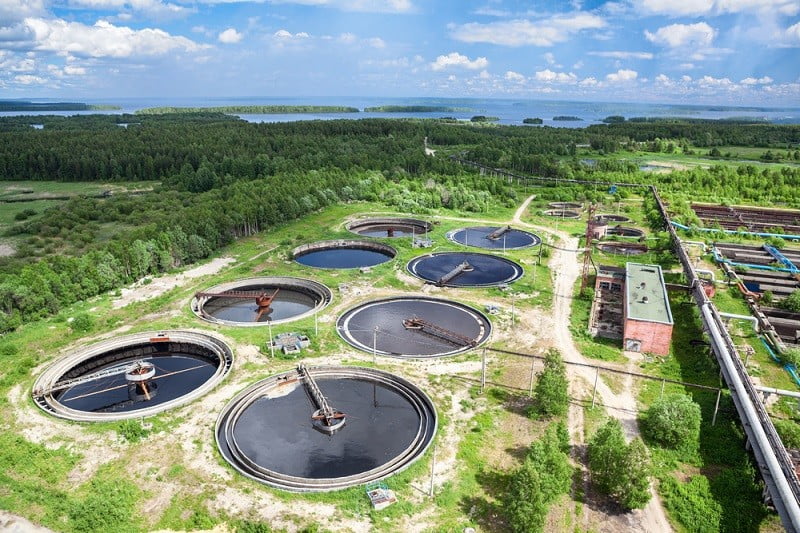Specialist Liquid Waste Removal Melbourne: Maintaining Your Setting Tidy
Specialist Liquid Waste Removal Melbourne: Maintaining Your Setting Tidy
Blog Article
Just How Fluid Garbage Disposal Functions: A Detailed Summary of Methods and Technologies Used

Review of Liquid Waste Types
The intricacy of liquid waste kinds necessitates an extensive understanding of their characteristics and implications for disposal. Fluid waste can extensively be categorized right into a number of kinds, including industrial, local, agricultural, and contaminated materials. Each classification exhibits distinctive buildings, calling for certain administration methods to mitigate environmental and health threats.
Industrial liquid waste originates from manufacturing procedures and frequently contains an array of impurities, such as heavy metals, solvents, and natural substances. Metropolitan fluid waste, mostly comprising wastewater from households and business establishments, includes raw material, nutrients, and microorganisms (industrial wastewater treatment). Agricultural liquid waste, consisting of overflow from ranches, might consist of fertilizers, chemicals, and animal waste, positioning dangers to water high quality and ecological communities
Harmful liquid waste is identified by its poisoning, reactivity, or prospective to create injury. Comprehending these diverse fluid waste types is important for creating effective disposal approaches and making sure compliance with environmental policies.
Physical Therapy Techniques

Testing is the first action, where larger particles and particles are eliminated from the liquid waste making use of displays or grates. In sedimentation tanks, larger fragments work out at the bottom, creating a sludge layer, while the cleared up liquid can be additional treated.
Purification is one more vital method that involves passing the liquid with porous products, such as sand or membrane layers, to capture smaller particles. This step improves the high quality of the fluid, making it appropriate for subsequent therapy procedures.

Chemical Treatment Methods
Chemical therapy methods are essential for successfully managing liquid waste, specifically in attending to dissolved and colloidal pollutants that physical methods might not adequately get rid of. These techniques use various chemical agents to counteract, precipitate, or transform unsafe substances into much less hazardous kinds.
One common technique is coagulation and flocculation, where chemicals such as alum or ferric chloride are included in promote the aggregation of put on hold fragments. This process enhances sedimentation, enabling for easier elimination of the resulting sludge. Furthermore, oxidation procedures, utilizing representatives like chlorine or ozone, are employed to break down complex natural try this out compounds and microorganisms, providing the waste safer for discharge or further treatment.
Neutralization is another critical strategy, which changes the pH of acidic or alkaline waste streams to neutral levels, avoiding potential injury to downstream systems and the atmosphere. Additionally, advanced oxidation procedures (AOPs) make use of mixes of oxidants and ultraviolet light to weaken persistent pollutants, achieving a higher degree of treatment effectiveness.
Biological Therapy Processes
Organic treatment processes play a crucial duty in the administration of fluid waste by using bacteria to break down organic issue and minimize pollutant levels. These processes can be broadly categorized right into cardio and anaerobic therapies, each employing specific microbial communities to accomplish reliable waste deterioration.
Cardio treatment involves using oxygen to promote the failure of natural materials by bacteria. This procedure is generally applied in activated sludge systems, where aeration tanks provide a helpful atmosphere for microbial growth, leading to the oxidation of natural contaminants. The resultant biomass can be separated from dealt with effluent with sedimentation.
On the other hand, anaerobic therapy happens in the absence of oxygen, depending on different bacteria to damage down raw material. This technique is particularly useful for high-strength waste, as it produces biogas, a renewable resource resource, while minimizing sludge manufacturing. Technologies such as anaerobic digesters are frequently utilized in community and commercial applications.
Both anaerobic and aerobic organic treatments not just reduce the ecological impact of fluid waste but additionally help with source recovery, making them crucial elements of lasting waste administration approaches. Their versatility, performance, and effectiveness support their extensive implementation across numerous sectors.
Emerging Technologies in Disposal
Ingenious strategies to fluid garbage disposal are quickly developing, driven by improvements in innovation and an enhancing emphasis on sustainability. Among these arising innovations, membrane bioreactors (MBRs) have gotten traction for their capacity to incorporate organic treatment with membrane filtration, causing high-grade effluent that can be reused in numerous applications. MBRs enable smaller footprints and more efficient operations compared to conventional systems.
One more encouraging development is using anaerobic food digestion incorporated with nutrient recuperation technologies, which not only treats fluid waste yet additionally creates biogas and more recoups useful nutrients like nitrogen and phosphorus. This twin advantage boosts resource efficiency and minimizes environmental influence.
Furthermore, advanced oxidation procedures (AOPs) are being adopted for the deterioration of complex natural pollutants. These methods use powerful oxidants and catalysts to damage down impurities at the molecular level, using a very reliable option for challenging waste streams.
Additionally, the integration of man-made knowledge and artificial intelligence in waste monitoring systems is optimizing operational performance and predictive maintenance, bring about minimized costs and enhanced ecological compliance. These innovations mirror a significant change towards even more reliable and lasting liquid garbage disposal methods.
Verdict
In final thought, efficient fluid waste disposal requires a thorough understanding of various techniques and innovations. By look these up continually progressing these methodologies, it ends up being feasible to attend to the expanding challenges associated with liquid waste, inevitably adding to environmental protection and resource healing.
Fluid waste disposal is a crucial facet of ecological administration, requiring a comprehensive understanding of different methods and innovations tailored to different waste types. Liquid waste can broadly be categorized right into numerous kinds, consisting of commercial, metropolitan, farming, and unsafe waste. Agricultural fluid waste, consisting of overflow from ranches, might consist of plant foods, chemicals, and animal waste, positioning risks to water high quality and communities.
Various physical therapy methods play a critical role in handling fluid waste efficiently - industrial wastewater treatment.In conclusion, efficient fluid waste disposal requires a detailed understanding of numerous techniques and modern technologies
Report this page